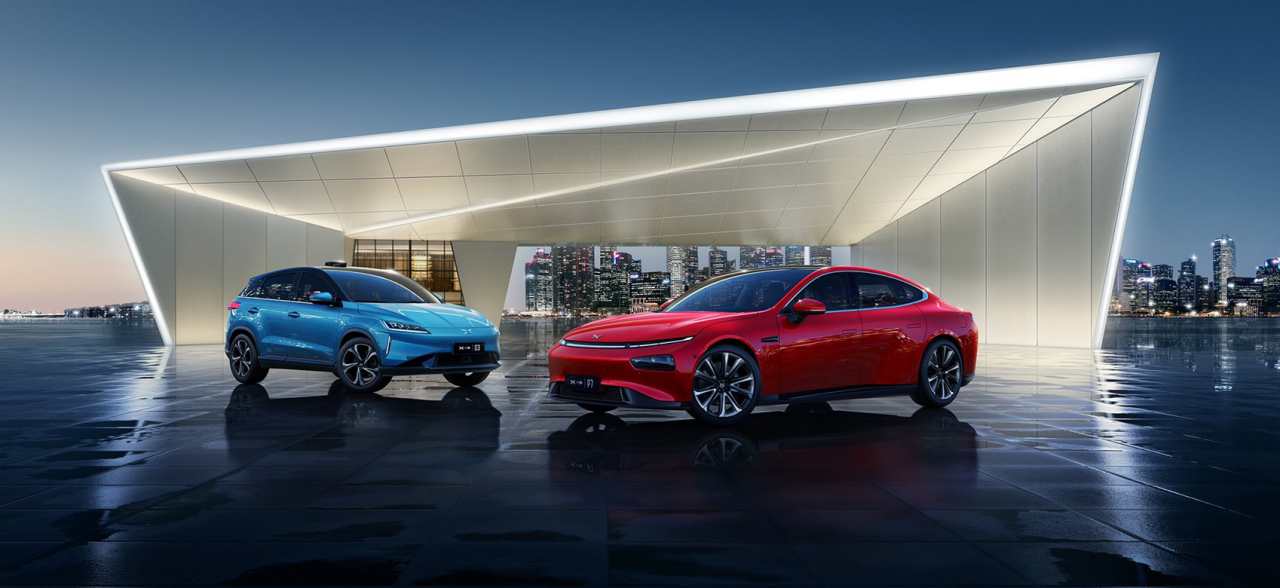For years, the most widely used chemicals in electric car batteries have been NCM (nickel, cobalt, and manganese) and NCA (nickel, cobalt, and aluminum). However, in recent times LFP (lithium-ferrophosphate) chemistry has begun to gain weight thanks, among other things, to its low costs (something that is explained among other things by the absence of cobalt, one of the most expensive raw materials in NCM and NCA batteries).
The main disadvantage of LFP batteries is their lower energy density than other alternatives, which has long distanced them from the automotive industry. However, little by little, this problem has been solved: while LFP cells do not offer the most advanced NCM cells’ energy density, they have reached a point where they offer enough capacity to be competitive.
Also, this technology has other points in its favor in addition to its affordability:
- It has more excellent thermal stability than other chemicals.
- It is much safer.
- It offers a long service life.
On the other hand, at low temperatures, its performance declines significantly, something that can be solved using heating systems in the pack.
One of the strongest brands that opted for this technology is the Chinese BYD, whose Blade batteries without modules are already being mounted in highly successful models such as the Han EV. Tesla has not been immune to this trend: the Model 3 Standard Range Plus RWD manufactured in Giga Shanghai uses LFP batteries of CATL origin. This solution will soon also be adopted by units produced in Fremont.
Also, the firm recently confirmed that all its “Standard Range” models (including its future compact electric) will use this chemistry to avoid the impending nickel supply crisis that the battery industry will suffer.

